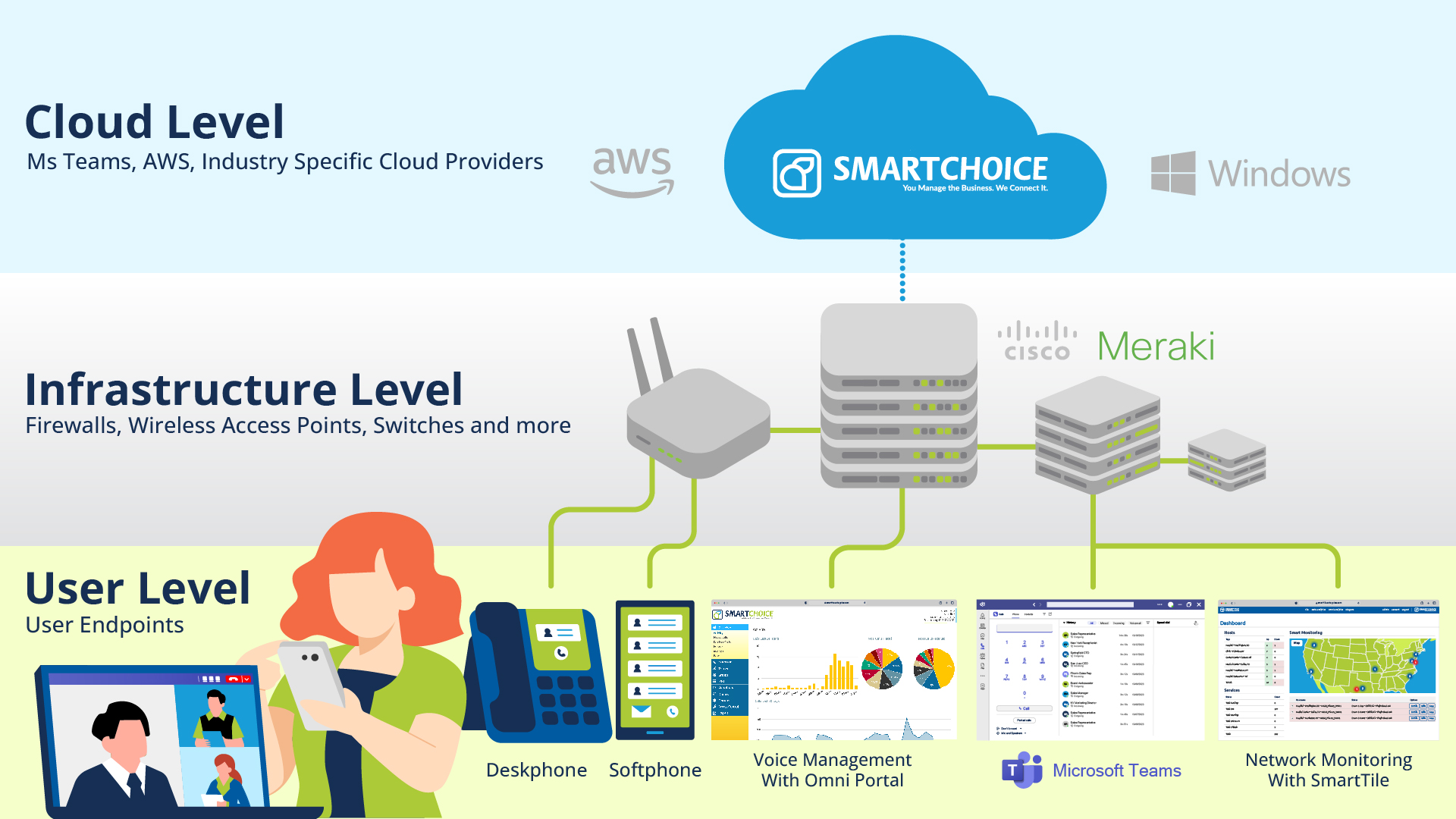Trends and Technologies Shaping Workplace Collaboration in 2024

As we approach 2024, it’s clear that the landscape of workplace collaboration is rapidly evolving. The way we work, communicate, and collaborate has undergone a seismic shift in recent years, propelled by technological advancements and reshaped by global events such as the pandemic. Looking ahead, several key trends and technologies promise to further transform workplace collaboration, making it more efficient, inclusive, and dynamic.
Hybrid Work Environments
The hybrid work model, a blend of remote and in-office work, is here to stay. In 2024, we’ll see a greater emphasis on creating seamless experiences for employees, regardless of their physical location. Technologies that support this trend include advanced video conferencing tools, virtual whiteboards, and collaborative project management software like those provided with Microsoft Teams. These tools not only bridge the gap between in-person and remote workers but also enhance the overall productivity and inclusivity of the team.
AI and Automation
Artificial Intelligence (AI) and automation are set to play a pivotal role in workplace collaboration. AI-driven tools can automate routine tasks, freeing up valuable time for employees to focus on more complex and creative work. From AI assistants scheduling meetings to language processing tools aiding in real-time communication across language barriers, these advancements are making collaboration more efficient and accessible.
Enhanced Communication Tools
Communication is the backbone of effective collaboration. In 2024, expect to see a surge in the development and adoption of enhanced communication tools. These may include next-generation chat applications, smarter email platforms, and integrated communication systems that consolidate messages from various channels into a single interface. The goal is to reduce clutter and streamline communication, making it easier for teams to stay connected and aligned.
Virtual and Augmented Reality (VR/AR)
While still in its early stages, VR and AR technology is poised to create immersive collaboration experiences. Imagine virtual meeting rooms where remote participants can interact as if they were in the same physical space or AR tools that allow workers to collaborate on 3D models or simulations in real time. These technologies can revolutionize design, engineering, and creative processes, fostering a new level of collaboration.
Emphasis on Cybersecurity
With the rise of remote work and the increasing reliance on digital collaboration tools, cybersecurity will remain a top priority. Companies will need to invest in secure collaboration platforms that protect sensitive information while still offering a user-friendly experience. This includes end-to-end encryption, secure file-sharing capabilities, and regular security audits.
Focus on Employee Well-being
Finally, there’s a growing recognition of the importance of employee well-being in the context of workplace collaboration. Tools and technologies that support mental health, work-life balance, and stress reduction will become increasingly important. This might include apps for mindfulness and stress management, features that encourage regular breaks, or analytics tools that help identify and prevent burnout.
As we look to 2024, it’s an exciting time for workplace collaboration. The trends and technologies on the horizon have the potential to create more dynamic, inclusive, and efficient work environments. By embracing these changes, organizations can position themselves for success in an ever-evolving business landscape.





